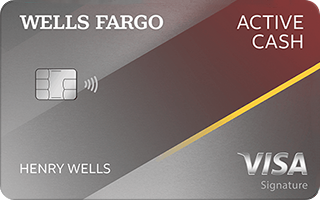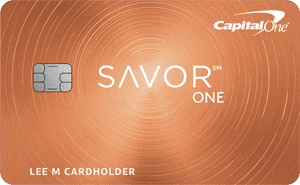Both the Wells Fargo Active Cash card and the Capital One SavorOne Cash Rewards Credit card offer compelling cash back rewards and introductory APR periods, which is likely why you're considering them. If maximizing cash back on every purchase is your priority, the Wells Fargo Active Cash edges ahead with its flat-rate rewards on all purchases.
However, if your spending is more focused on dining, entertainment and groceries, the SavorOne Cash's higher cash back rates in these categories could be more beneficial. Neither card is a co-branded or store card, ensuring that rewards are not tied to specific retailers. While both cards are excellent, the Wells Fargo Active Cash's simplicity and higher overall cash back rate make it the standout choice for general spending.


















